When the price of labor goes up, it’s evident that franchise owners have to find ways to manage costs without losing productivity. California’s wage hike has seen many franchises, like Burger King, look for alternatives to hiring people. Automated kiosks have become all the more popular. Let’s see why machines are replacing workers.
$20 Minimum Wage Is Too Much for This Franchiser
One major fast-food franchiser who owns a string of Burger King stores in California is shifting his business into a more automated stream by installing self-serve kiosks.

Harsh Ghai stated that he couldn’t possibly move faster in installing these automated kiosks because they made more business sense. Machines don’t work for $20 an hour, after all.
A Quarter of Restaurants Populated
Ghai noted that almost 25% of the restaurants in his franchise already had automated kiosks installed, and he also suggested that this trend would continue.

Ghai intends to roll out automated kiosks to all of his franchise locations within the next two months. Ghai owns 180 fast-food places in California, including 140 BK stores.
Some Businesses Have Taken to Raising Prices
Ghai’s approach might seem drastic, but he’s said that he can’t raise his prices anymore and hope to compete. Other fast-food places have also raised their prices to take up the slack of the increased minimum wage.

Franchises across the state are looking at ways to manage their costs. Many companies operate within a budget, and the increased minimum wage forces them to make hard decisions.
Automation Means Less Work for Workers
The decision to introduce automation into fast-food places is not new. However, most businesses didn’t consider it an option until the wage hike happened, and they couldn’t afford to pay staff.
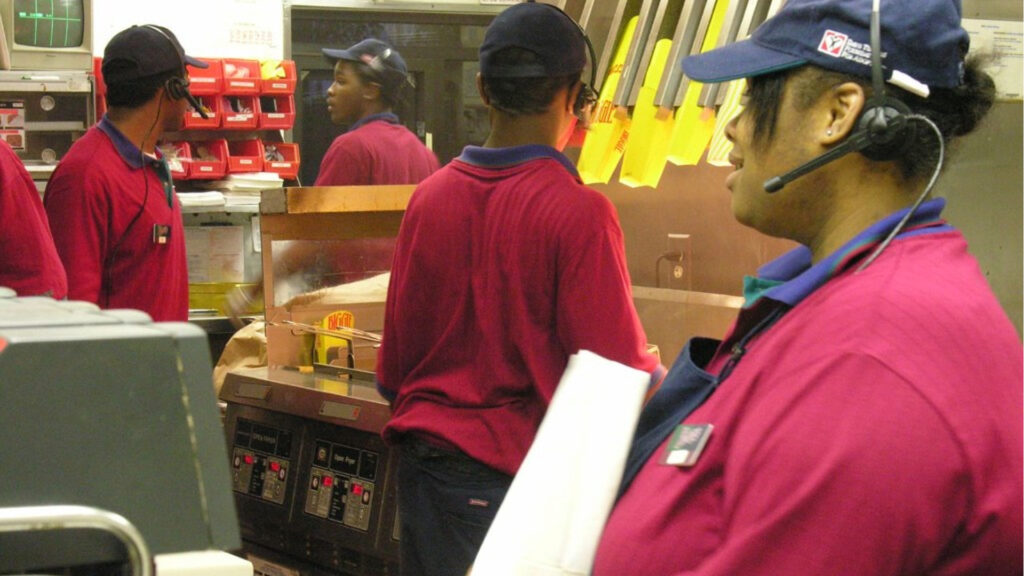
The fallout was that installing these kiosks might be expensive now, but they have a better return on investment than hiring someone and paying them $20 an hour. The unions are not happy about this.
A Multi-Year Campaign
In their typical short-sighted approach, unions have been pushing to raise the minimum wage in California for several years. They celebrated the bill signing that forced fast-food companies to pay their workers more.

However, they didn’t anticipate that fast-food franchises would simply decide to install automated systems that were more cost-effective. Instead of getting better pay, they’ve lost people’s jobs.
California Has a Historically High Cost of Living
A higher minimum wage was deemed a necessity since California’s cost of living is among the highest in the country. The unions held that paying people more would ease their financial burdens.

However, once the cost of labor rose above a certain amount, fast-food franchises realized that they would have to cut costs and raise prices if they were to survive in the state.
An Unprecedented Price Hike
Ghai noted that his franchise didn’t raise prices much throughout the year. Typically, his restaurants raised prices on the menu between 2% and 3% annually.

Over the last year, prices have risen dramatically simply to cope with the added labor bill. In 2023, Ghai’s restaurants raised their prices by 8% to 10%.
Doesn’t Even Affect Labor Costs That Much
Ghai noted that this rise in prices would be mostly swallowed up by inflation of food costs. Raw materials and transport costs also rise yearly, and these price hikes are geared toward controlling those expenses.
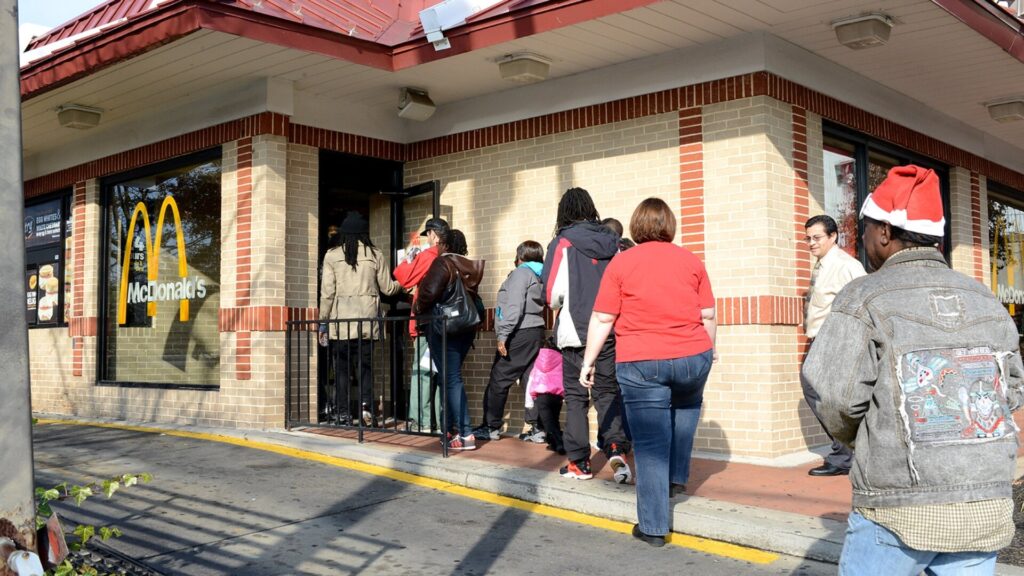
He also said that it’s unlikely that these price hikes would go towards addressing the larger labor bill his franchise would need to support.
No Further Fast-Food Price Hikes
Competitiveness in a market, especially the fast-food market, depends heavily on pricing. Ghai believes he cannot raise prices any higher and has no desire to do so.
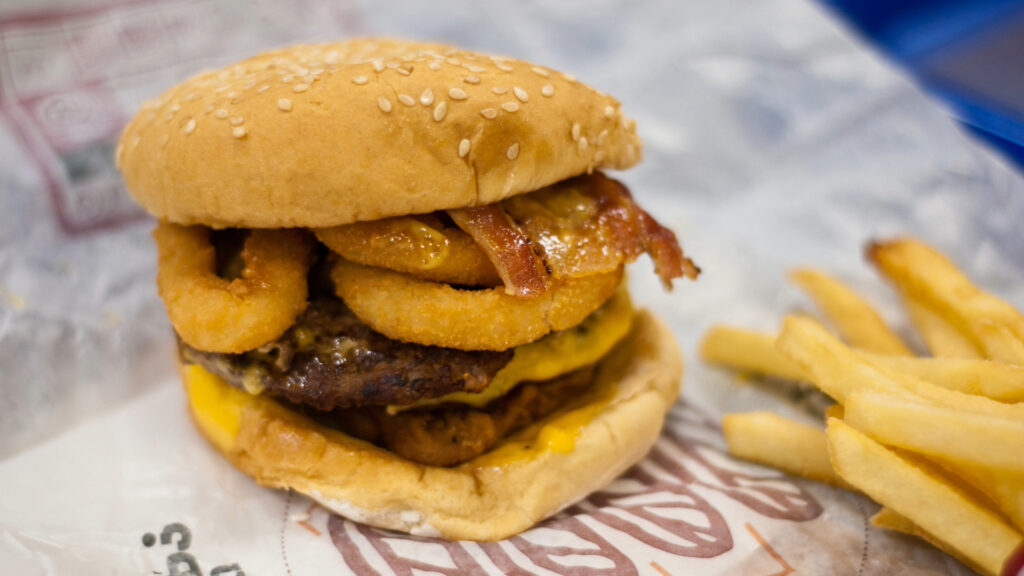
He’s doing what most other franchises are doing: cutting worker hours, reducing his labor force, eliminating overtime, and pausing on his business expansion.
Kiosks Are Not a Brand New Invention
Fast-food kiosks have been around for some time, but companies have not primarily used them in the US because they are impersonal ways to order food.
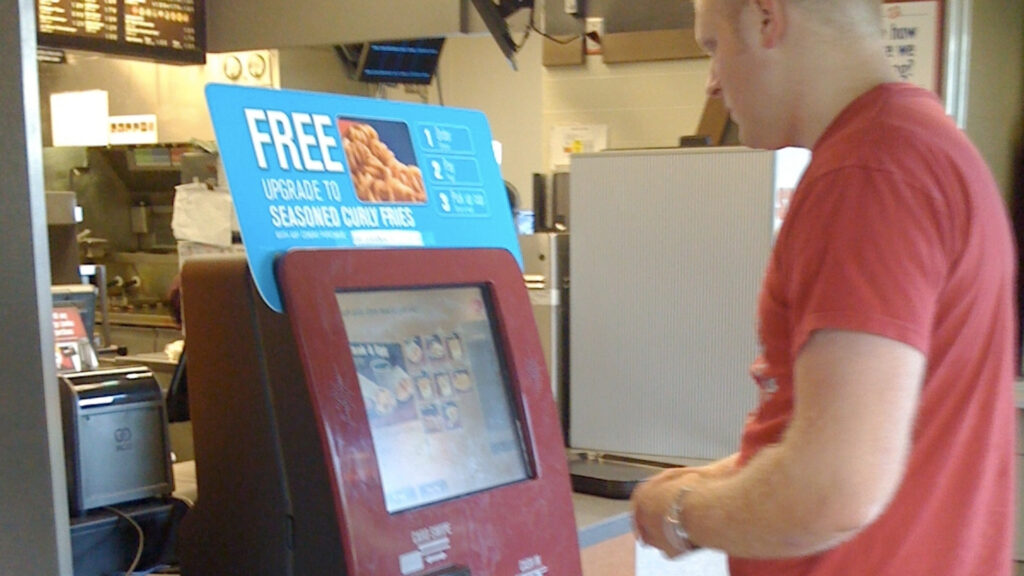
However, as the cost of labor continues to rise, these kiosks will replace more workers in California since they’re cheaper to install and maintain over the long run.
More Benefits than Human Workers
Recent studies don’t paint a pretty picture of the future of California fast-food workers. Kiosks seem to encourage buyers to spend more money through upselling than human cashiers.

They are also more accurate, resulting in fewer problems with orders. Shake Shack says kiosks are its most profitable channel, and Taco Bell says it already has kiosks in its outlets.
A Much Slower Rate Pre-Legislation
Ghai said that before the price hike, installing kiosks was a goal he expected to achieve in five to ten years. The franchise would put kiosks in newly remodeled outlets.
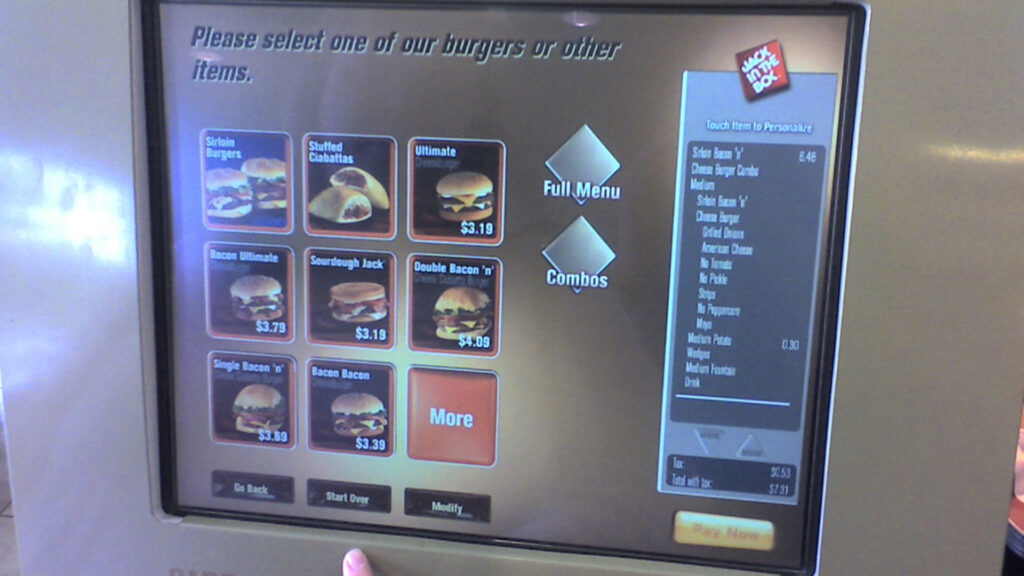
However, thanks to the increase in wages, he’s not rushing to install kiosks throughout all his stores to stop losing money through labor costs. He hopes they will help balance the $ 20-an-hour labor cost he now has to pay.
Better Prices for Bulk Purchases
Ghai says that they were the most cost-effective approach when they ran the numbers for buying and installing the kiosks. Since he has so many outlets, he will purchase those machines in bulk.
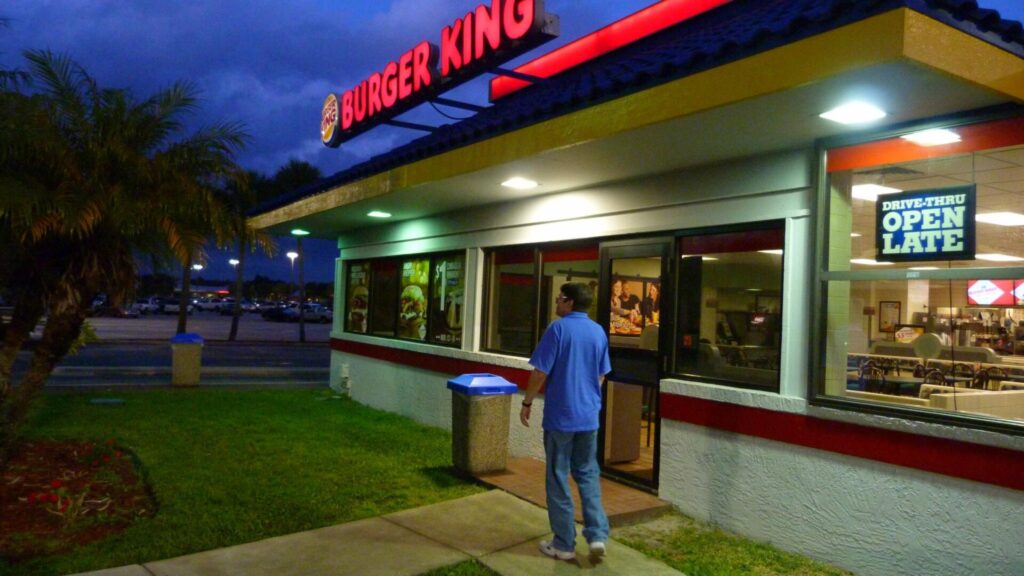
Suppliers always prefer it when buyers put in big orders, and Ghai notes that he’d get a much better price because of the sheer volume of the orders he’s putting in.
Kiosks Are Also Better for the Customer
These days, many people are much more comfortable interacting with machines and screens than they are with people. Given a choice, people would use a kiosk over ordering in person.
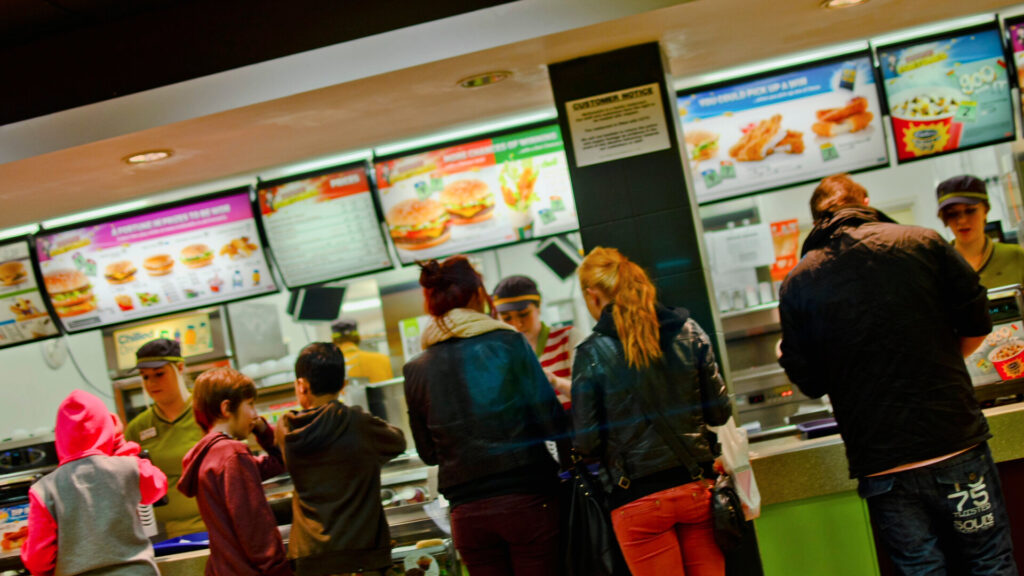
Kiosks also reduce customer wait time. Orders are placed quickly, and automatic processing forwards them to the kitchen. The buyer can pick up their food conveniently.
It’s a Simple Management Decision
Ghai and all other franchise owners like him in California are concerned about the state of the labor market. They know it won’t get better, and technology offers them a way around it.

This won’t mean franchisers will fire all their workers, but it will create more competition for workers to remain relevant. Those skilled at running the register might be the first to go.
Unemployment Numbers in California Are Already High
Even before the government’s push to increase the minimum wage, California’s unemployment rate had already been high: 5.3% in February 2024.
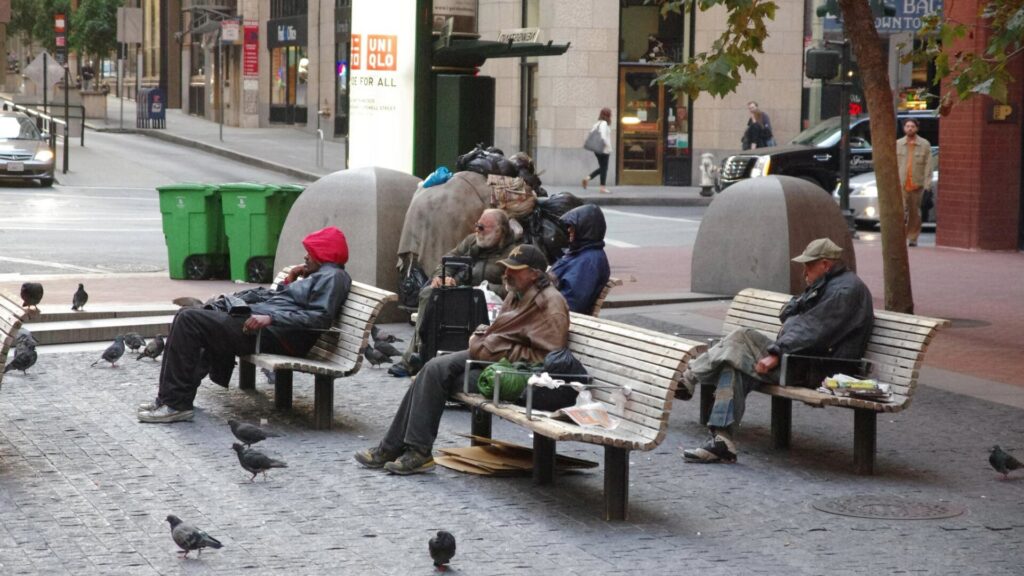
With more workers going home because their employers can no longer support them, this number will likely jump significantly as a direct response to Newsom’s minimum wage hike.
High Cost of Living Might Force Low-Skilled Workers to Migrate
With the harsh reality setting in and fast-food companies no longer hiring as easily as they did before, low-skilled workers will likely have to move out of the state to find work.
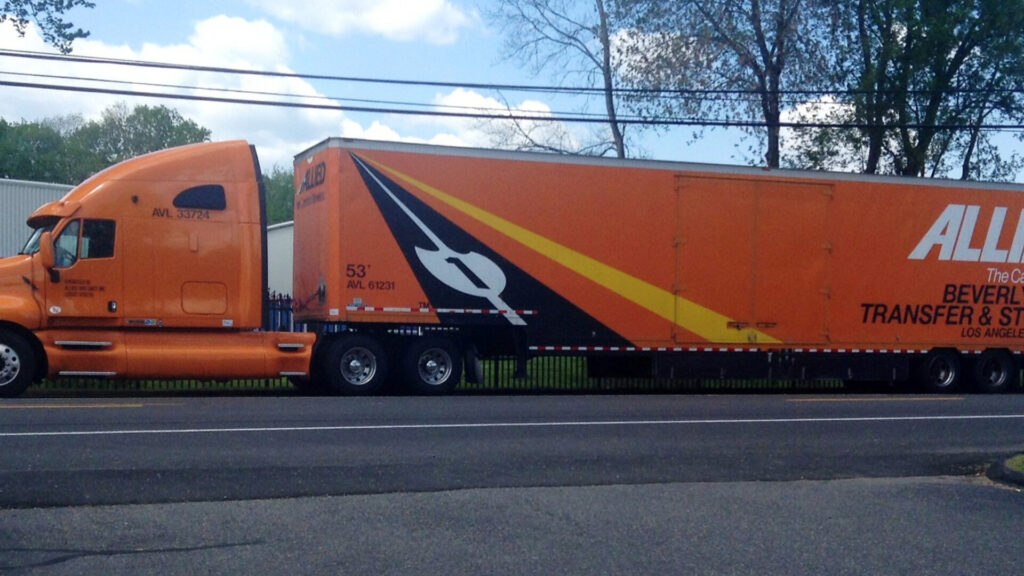
However, other parts of the country might follow California’s example of moving towards more automation. Jobs in the fast-food industry might become a remnant of the past.
Companies That Can’t Compete Are Shutting Down
Some of the earliest casualties of an increased fast-food wage were small businesses that couldn’t afford to pay their workers. Many small businesses closed because of the increased pressure.
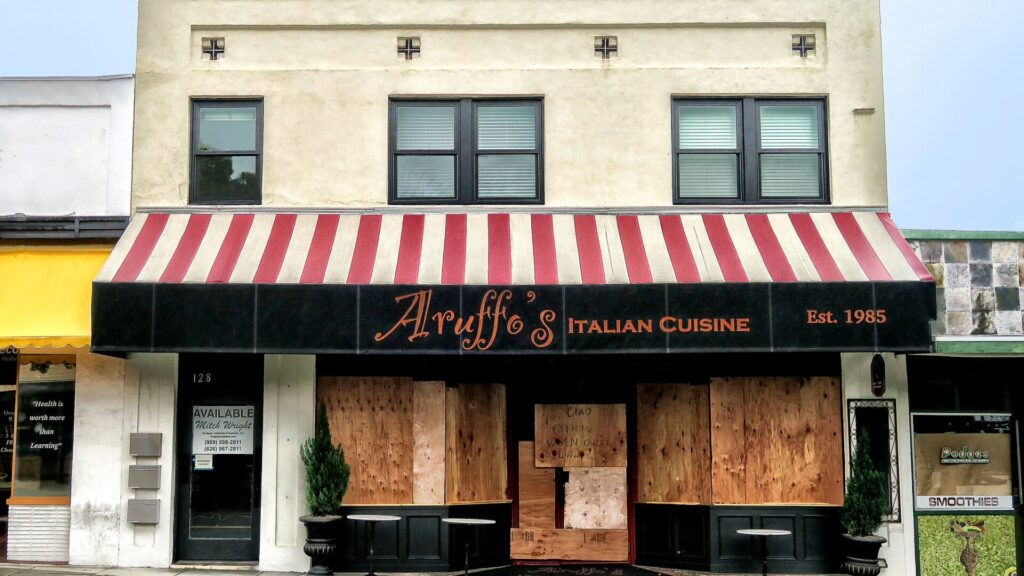
Franchises could lean on their parent company for support, and their sheer numbers mean that investing in technology like kiosks is a viable way for them to weather the storm.
Kiosks Are Better for Long-Term Profits
Franchisers know they still need workers, but they are being far more selective about who they hire. Instead of spending money on workers, they prefer to invest in technology.

Investing in a worker means spending money and time on training. That worker can then quit the company, taking all that expertise to a competitor. Kiosks cannot do that and don’t cost money to train.
Hiring Halt Combined with Cutting Hours
Ghai’s business has also seen many of his workers’ hours cut. Delivery in some businesses, like Pizza Hut, has been outsourced to a third-party supplier just to deal with labor costs.
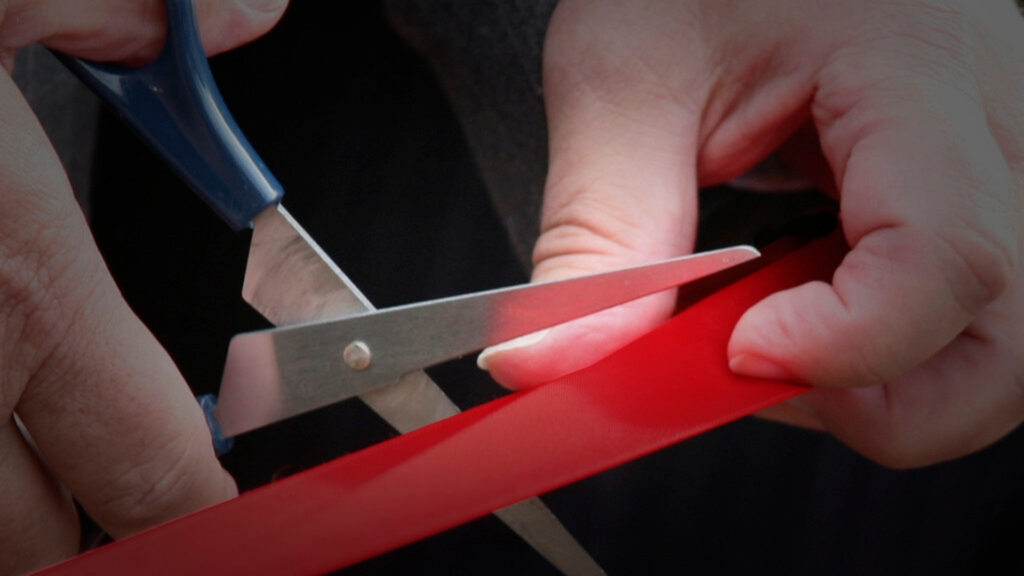
None of Ghai’s franchises are hiring new workers, and he’s not opening any new stores either. Other fast-food companies are also shedding workers but not hiring more because it’s not financially viable for them to do so.
Is Newsom’s Minimum Wage Bill Helping Workers?
On the surface, a $20-an-hour minimum wage sounds like a great prospect. People in California might actually get paid a minimum wage. However, that requires them to get paid in the firs place. With so many fast-food layoffs and a halt in hiring, many people who franchises would have employed are now left out in the cold.

An in-depth look at the situation suggests that California might have just shot itself in the foot regarding a sustainable labor market for fast-food workers. It’s not like California didn’t have any warning, either. Other minimum wage hikes saw similar outcomes in different parts of the country, and those wages were far less than what California offers. Instead of helping workers, Newsom gave franchisers a viable way to replace their workers with technology.





GIPHY App Key not set. Please check settings